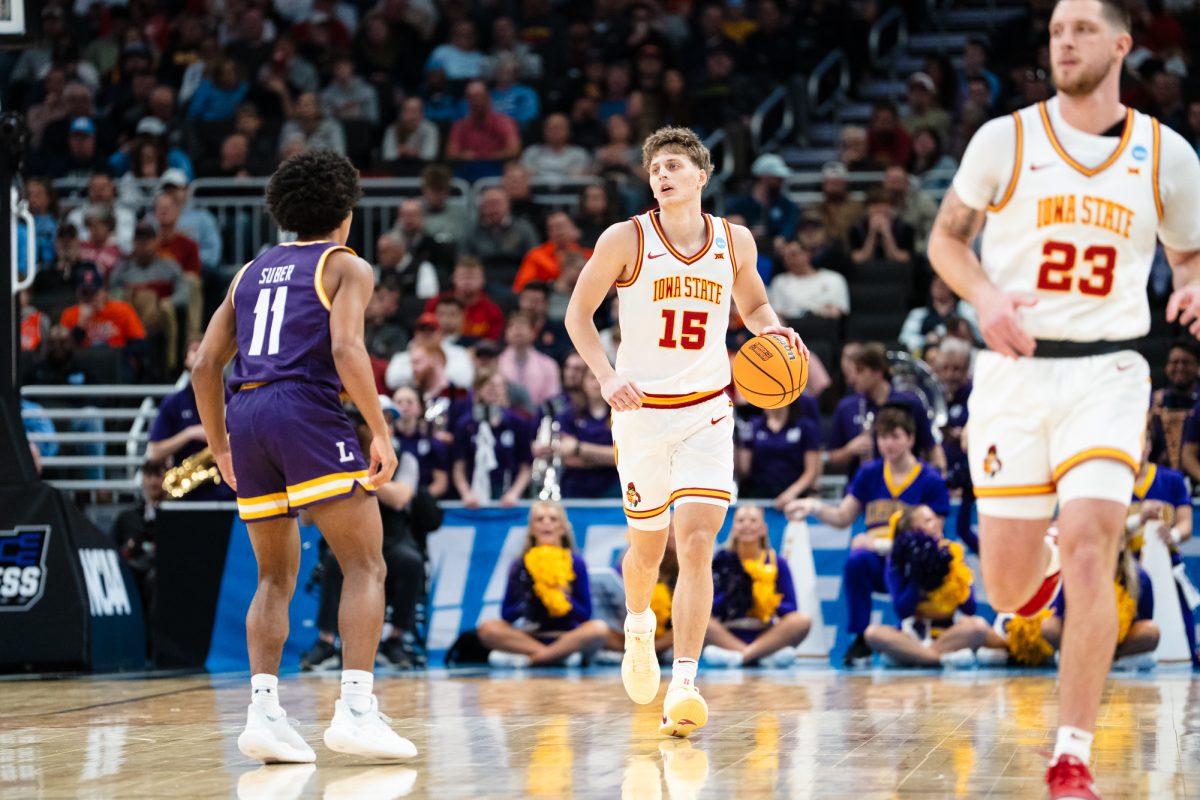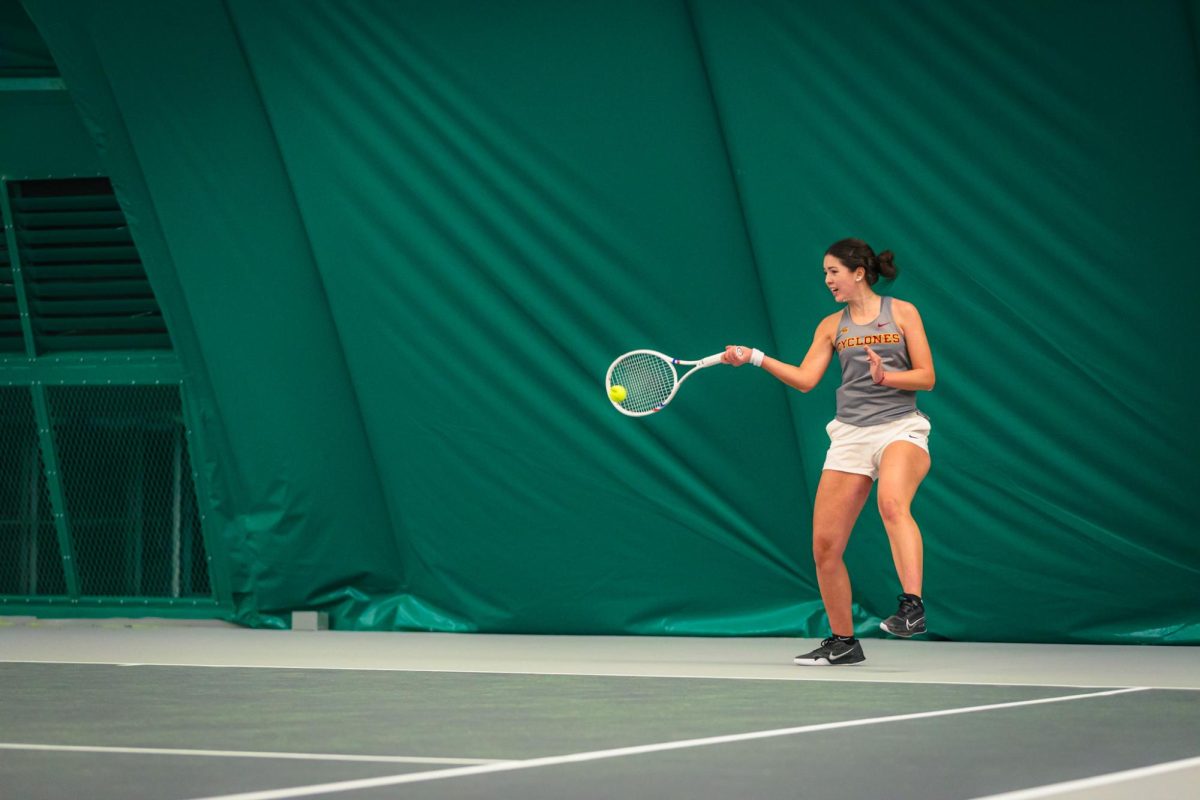Iowa Games see drop in participation, still working to bring young athletes together
July 18, 2017
Youth sports are changing. Nobody knows that better than the Iowa Games, which takes place annually in Ames.
The Iowa Games’ main weekend just wrapped up, but competition will continue through July 23.
From 1990 until 2013, the Iowa Games had at least 13,000 reported participants every year, playing dozens of sports. The only exception was 1993, when just under 12,000 athletes participated.
Since 2014, however, numbers have been down. Last year, there were 12,502 athletes in the Iowa Games, a considerable drop from a decade ago when 17-18,000 was the norm.
Cory Kennedy, marketing and communications director for the Iowa Games, said there are a number of factors that play into that.
“The competition out there, it seems like there’s so much for youth athletes and youth sports,” Kennedy said. “From tournaments and summer leagues and camps and everything. Our number to shoot for now is really 12-13,000.”
Kennedy said the 2017 tally sits around 11,000 this year and, with one more weekend remaining, will likely end up over 12,000. Those athletes are playing in a total of 58 different sports over three weekends, ranging from basketball and volleyball to ultimate, fencing, pickleball and spikeball.
Another issue the Iowa Games has faced is specialization in sports. From a young age, athletes are starting to specialize in a single sport rather than playing three or four sports at varying levels of competition.
When a young athlete — and their parents, in many cases — decides to focus on one sport, that means there is no offseason. There are always more tournaments, more camps and more tryouts in that sport, and kids can’t try new sports.
The Iowa Games has had to adjust, too. Different sports have risen in popularity while others have fallen.
“The sport of pickleball is growing,” Kennedy said.
Kennedy described pickleball as a “kind of a cross between tennis and table tennis,” and said it is a good sport for older adults to play because it doesn’t involve as much movement as certain other sports. Kennedy also pointed to archery as a growing sport, and said the Iowa Games archery competition is one of the top archery competitions in the state.
If the Iowa Games fails to draw 13,000 this year, that will make four years in a row under that benchmark. The Iowa Games has never gone four years in a row with fewer than 13,000 reported participants since the first games in 1987.
Because of the constantly changing landscape of youth sports, nobody knows what the Iowa Games will look like a decade from now. It’s fair to say it will be different than it looks today.
“We want to be the event that everybody talks about,” Kennedy said. “We want everybody to come to Ames and Iowa State and be able to experience the Iowa Games.
“There’s also people that look at us and they won’t schedule their tournament the same weekend as ours.”
Kennedy said the lower participation is a little bittersweet, since the Iowa Games knows kids are still staying active and playing sports — just not as a part of the Iowa Games as much.






